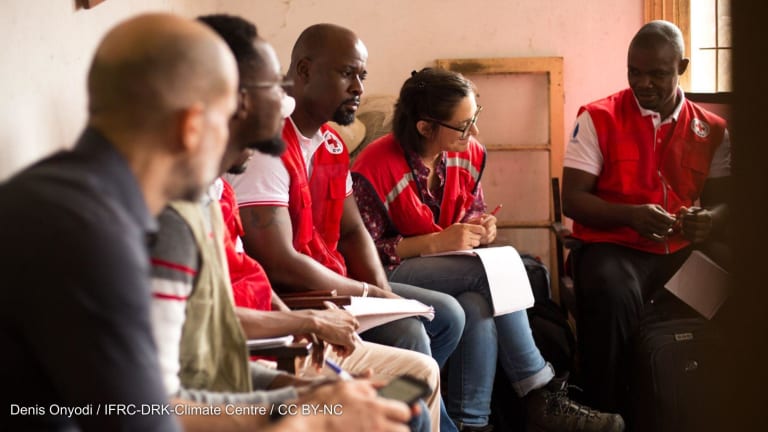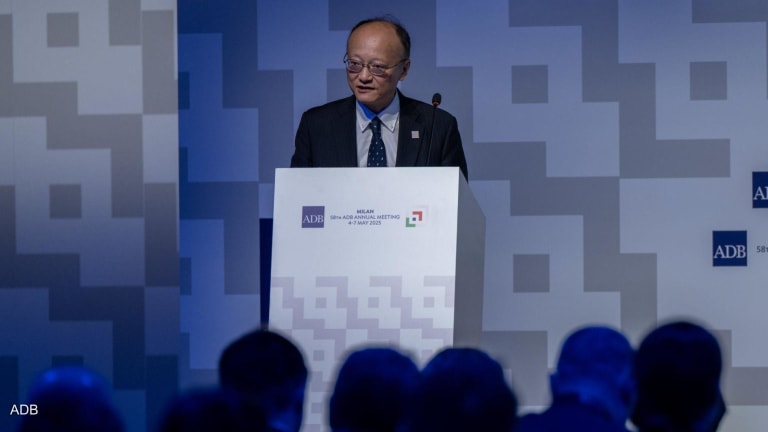Construction workers at the Dagachhu Hydropower Development in Bhutan, which forms part of the Asian Development Bank’s Green Development Power Project. Energy is one of ADB’s priority sectors in Bhutan. Photo by: ADB / CC BY-NC-ND
In recent years, Bhutan has achieved tremendous progress in strengthening its economy, almost halving its poverty rate from 23.2 percent in 2007 to just 12 percent in 2012. Despite having landlocked borders and limited access to trade networks, the South Asian country managed to sustain an average 7.3 percent growth in gross domestic product from 2008 to 2013 by harnessing its hydropower resources. Successes in gender equity and women’s reproductive health, increased participation in primary and secondary education, and the continued decline of maternal mortality are also among the country’s most significant achievements in the past decade.
The Asian Development Bank states that in order to stay on its path toward development, Bhutan must diversify its hydropower-driven economy. Limited job opportunities left 7.3 percent of the youth unemployed in 2012, with joblessness particularly prevalent among young women. The bank and the government of Bhutan recognize the need to strengthen the country’s private sector in addressing such gaps and achieve sustained, inclusive development. But with limited access to finance, underdeveloped infrastructure especially in the transport sector, and a mismatch between labor force training and available employment opportunities, private sector growth remains stunted.
This story is forDevex Promembers
Unlock this story now with a 15-day free trial of Devex Pro.
With a Devex Pro subscription you'll get access to deeper analysis and exclusive insights from our reporters and analysts.
Start my free trialRequest a group subscription







